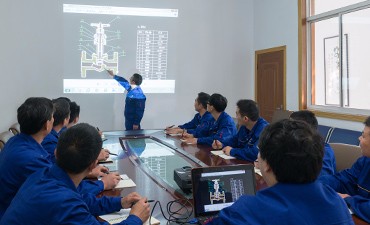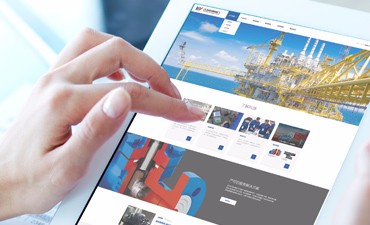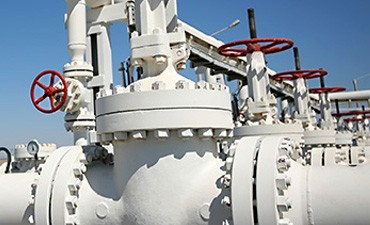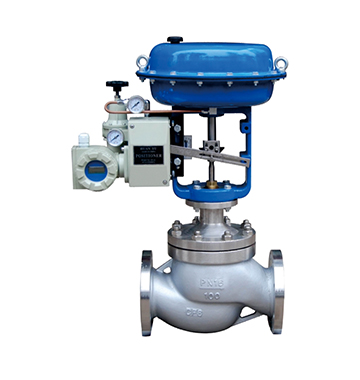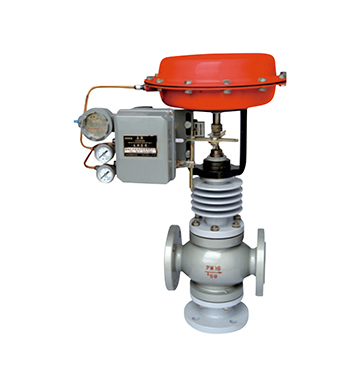Electric single seat / sleeve adjusting valve
The electric single seat regulating valve is a pressure balanced control valve. Accept the DC current signal from the regulator, change the flow of the regulated medium, so that the controlled process parameters remain at a given value. Widely used in electric power, metallurgy, chemical industry, petroleum, textile, pharmaceutical, paper and other industrial sectors of production automation control.
The spool structure of the electric sleeve regulating valve is based on the gap between sleeve and disc. There are several throttle windows on the sleeve. The shape of the window determines the flow characteristics of the regulating valve. The area of the window affects the flow coefficient Cv of the regulating valve. The valve seat adopts self-centering thread-free clamping structure. The tapered sealing surface on the valve seat matches with the tapered sealing surface on the disc to form a cutting sealing pair, which ensures that the valve is closed tightly when the disc is pressed on the valve seat. The diameter of the valve seat affects the flow coefficient Cv of the regulating valve. The valve disc is parallel to the axial symmetrical distribution of the balance hole, so that the upper and lower end of the disc chamber is connected, so that the force acting on the disc axial force in the valve is mostly offset, the medium on the valve stem produced imbalance force is very small. By receiving signals from industrial automation control systems (e.g. 4-20mA or 1-5V DC), the valve is driven to change the cross-sectional area between the spool and the seat to control the flow, temperature, pressure and other process parameters of the pipeline medium. Realize automatic adjustment function.
View details >>

